10 Helpful Tips For Working With Designers
Working with designers can feel like you’re banging your head against the wall at times, but this is because you’re grouping all designers into one category. It’s your biggest mistake and you’re assuming that one person can do it all.

What’s more, designers are emotionally in-tune, they’re often sensitive people who feel, versus a business owner, who are often bluntly straight to the point.
In this article, you’ll learn how to get the best results from a designer, in the shortest amount of time, while keeping happy relations.
Your relationship with a designer doesn’t have to be strained and just remember, designers are given the almost impossible task of translating what’s in your head onto a document or screen. They’re not mind readers, but there’s truth in saying that some designers just get it, and some designers don’t.
Do Your Research
When you’re looking to hire a graphic designer, it’s important to do your research and know what you’re looking for. Designers come in all shapes and sizes, some are experts in accuracy, some paint pretty pictures, some are conceptualists, and some are bottom of the barrel.
Most people recruiting a designer assume that the person they hire can do it all. They want creativity, but also a high level of accuracy. However, the hard truth is that when you’re assessing behavioural styles, accuracy and creativity are at opposite ends of the spectrum.
If you’re looking for a UX/UI designer, it’s rare to find high creativity mixed with accuracy.
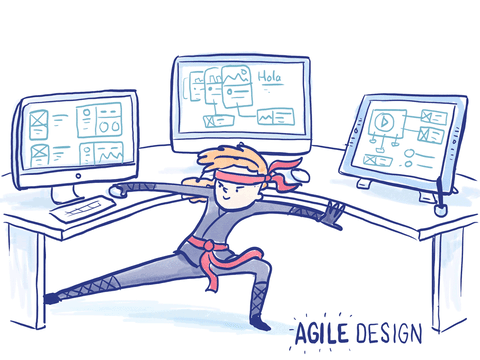
In this role, the designer is a specialist at understanding human behaviour online, and the customer journey. For a beautiful user interface, you need creativity, but you also need functionality, meaning that in most cases, you’ll be searching for someone who’s accurate over creative.
If you’re designing an EDM, then sure, you’ll need the imagery to pop, to stand out and capture the audiences attention, but in reality, if the graphic designer forgets to link up the social links, or the call to action buttons (CTA’s) then the campaign won’t convert, or perform as well. What’s more important?
The truth is, you may need to hire two designers. In an ideal world, you’ll need a conceptualist who often charges top rates for the theme of your project. They create a look and feel that another accurate designer can then take and use, to complete the project.
When we’re designing websites, most people go straight to the builder (a tech guy/girl) and ask them to make something visually stunning. This makes no sense. You can’t expect a builder to also be an architect, and if you skip the step of UX/Ui designers (Architects), then you’ll be likely to get an average result. Web designers are commonly mistaken for web developers. Developers are coders, they use templates, and they’re not graphic designers.
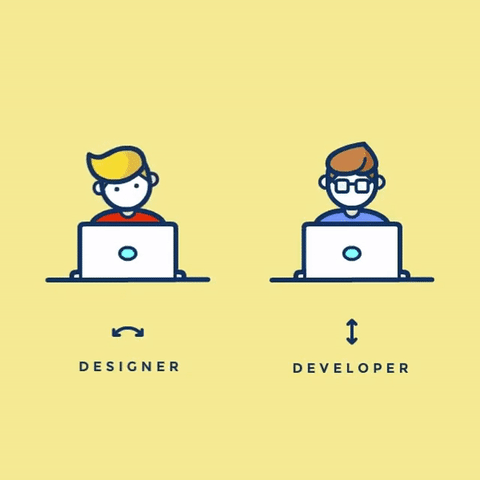
Hiring A Graphic Designer
Looking at the designer’s portfolio is complete nonsense in a lot of cases. You can be fooled by the use of stock-graphics and vector elements that they can download as a base design. They tweak it a fraction and there’s a result that doesn’t look too bad. This method can take 15 minutes to create a logo, but the problem is that thousands of other businesses will have the same/similar.
A portfolio will also display work that they may have been supplied and tweaked. Most brands have an archive of designs files that get tweaked and passed from designer to designer.
What portfolios are good for is an idea of the preferred style your designer has. Make sure that their style matches what you’re looking for and that they have experience with the type of work you need. try to work out if they’re accurate or creative.
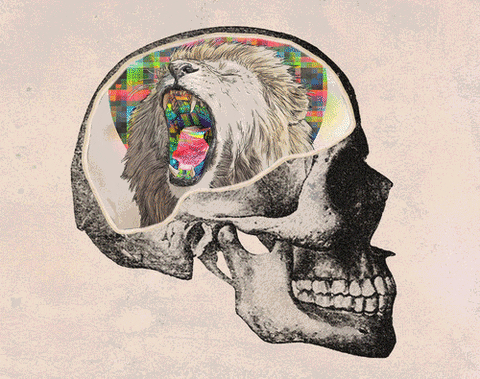
The best way to recruit a designer is to send them a trial project.
You’ll be assessing how well they communicate, how well they follow instructions, and if they’re able to make the deadline. Ensure you supply them with a great brief, but also ask them to use their creative flair and change things up if they feel it appropriate. When you get the first draft back, assume that it will need changes. Whether it does for not, get them on a video call and ask to go through a few changes with them. See how they respond.
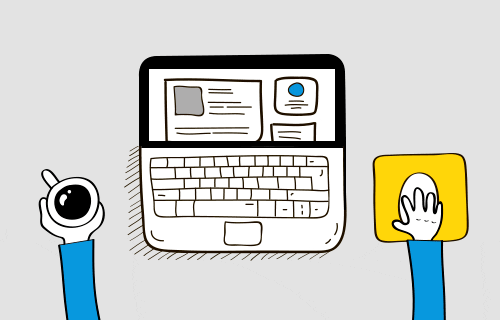
Being able to share screens and take directions on the fly is essential for good communication and reducing frustration. If they’re not willing to do this, you could be playing email ping-pong 20 times, before you get the right result. Emails are a terrible way of communicating with designers and especially slow. Take the frustration away by adopting video calls, rather than emails.
Where Is The Emphasis?
Assess if they have an eye for detail. Are they thinking or just doing? Do they have the eye to look at the design and assess what needs emphasising. What’s the main message the design needs to articulate, and is it instantly understandable? If not, then you may need to talk them through this.

Less Is More
Some designers try too hard. They jam the design full of elements, and it makes a cluttered, hard to read result. But this issue can often come from your brief. Most designers will take your brief and follow it to a tee. The best designers will make suggestions to simplify it, and focus on keeping things clean, emphasising the main message.
Communication & Workload.
As previously mentioned, great designers are good at communicating their ideas and concepts to clients. They have a vision, and translating this to you is a real skill. That said, it’s a dangerous game to show a client half-made artwork because the client might not have much of a vision either.
Ideally, your designer will show you the direction they’re heading in, prior to full execution, and you’ll be able to comment before they’ve spent hours on it. A good creative graphic designer has the confidence to do this.

It’s extremely common that clients keep designers waiting for weeks, and then they expect an instant turn around within days. This is a great way to disengage a designer. Communicate quickly.
A good graphic designer that you’ve hired for accuracy, who’s an expert at layouts of technical documents, needs to be great at communicating their workload. Often clients are horribly unrealistic and brilliant designers feel the pressure mounting unfairly, but don’t have the confidence to say no. Be careful not to overload them. They’ll disengage and you’ll get average results.

Tight Deadlines Aren’t Good For Anyone.
Tight deadlines aren’t good for anyone. They create stress, and this is where mistakes and tensions can occur. It’s on you to manage your business better, and be organised. If not, you’ll lose the loyalty of the designer because no-one wants to work in that environment. The money just isn’t worth it.
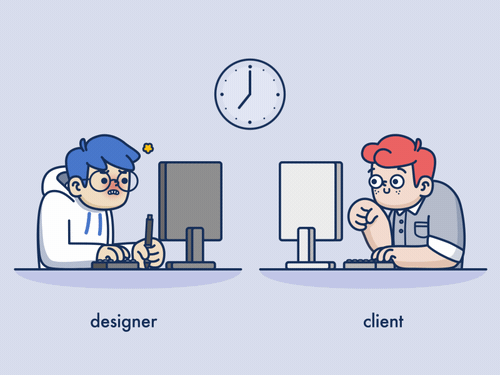
How to set the mood and communication channels.
First, be clear about what you want and when you want it. Ask if your deadline is realistic and tell them if this date is critical or not. It can be helpful to provide examples of what you like and don’t like, as well as any specific requirements you may have.
Many designers are visual people, so providing them with inspiration images or mood boards can be very helpful in getting them on the same page as you. Once you’ve provided them with an idea of what you’re looking for, give them the freedom to come up with their own ideas and designs.
Don’t be afraid to give feedback along the way – designers want to know what you think and if you’re happy with their work. However, try to be constructive with your feedback and avoid being too critical. Remember that designers are professionals and should be treated as such – respect their time and expertise, and be prepared to pay for the value they provide.

Ask if you can view the direction of the design over a video call where they can explain the concept prior to their first draft. This ensures your visions are aligned. If they’re not willing to do this, then they’re probably not the right designer.
This allows you to calibrate, or if they’re way off task, you can pull the plug early on, rather than losing precious time and money.
Prepare A Brief
When working with a graphic designer, it is important to have documented a clear idea of what you want before starting the project. This document should outline your goals for the project, your target audience, the main messages that need to be conveyed, and any specific requirements you have for the final product.
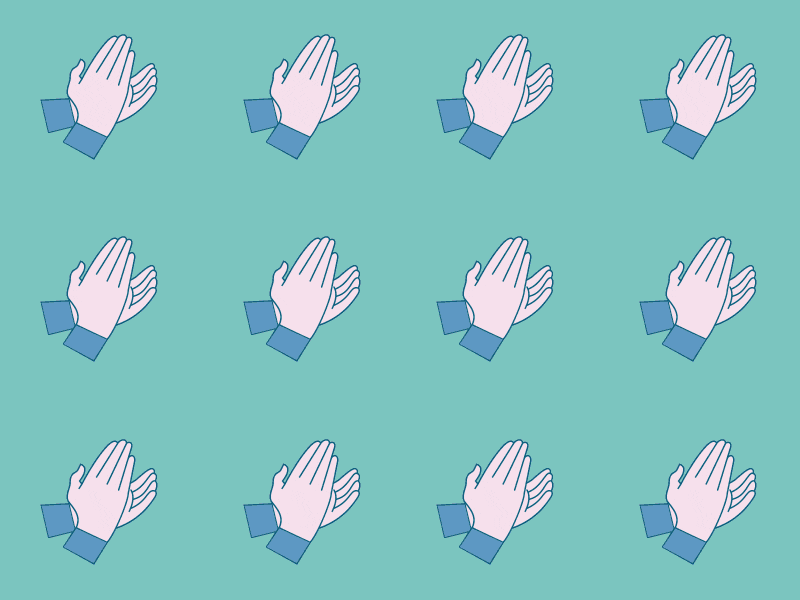
Use this document as a guide and verbally run them through it. Your communication will be much better in this format, and you’ll be able to refer to mood boards or imagery samples you’ve collected while chatting.
If you are not sure where to start in creating a design brief, there are a number of resources available online.
Asking For Changes
If you’re making changes on the fly with the designer, sharing screens, or in the instance of building a website with user interface and user experience tools such as Figma, then great.
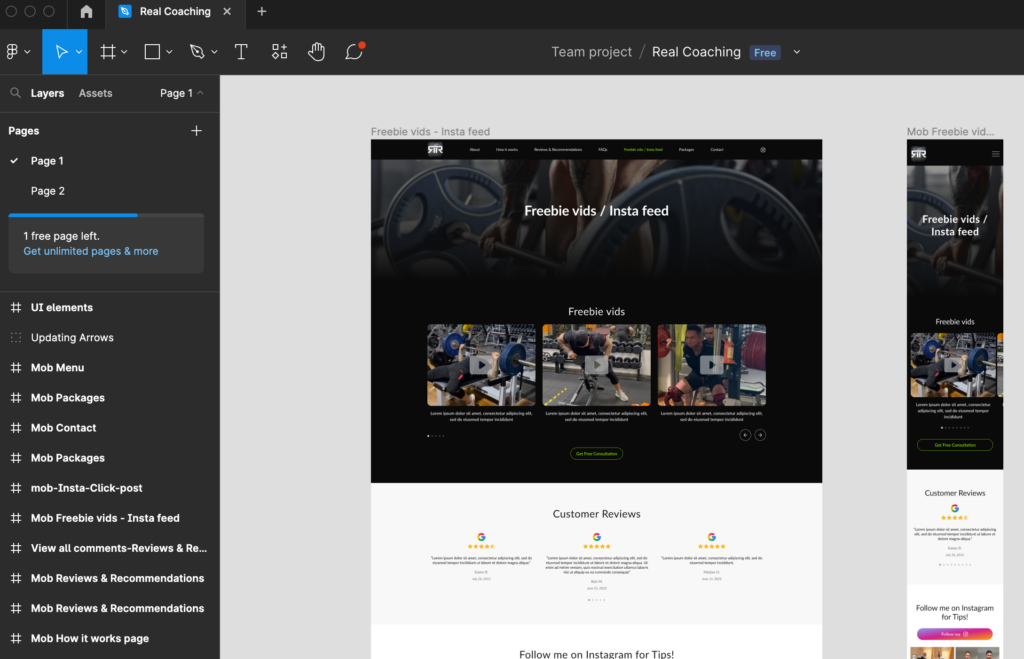
But if you’re supplying changes in written format, then try to make it easy for the designer. Making it easy will mean the designer will save time, and like working with you.
Instead of a paragraph with 13 changes mashed together, format your email similar to the following.
- Change #1 Example text …
- Change #2
- Change #3
- Change #4
Doing this allows your graphic designer to methodically check that all changes have been made. Mashing all alterations into a couple of sentences is a recipe for disaster.
It’s the same if you use Asana, or a Monday-board to make changes. Split them into bite-sized chunks.
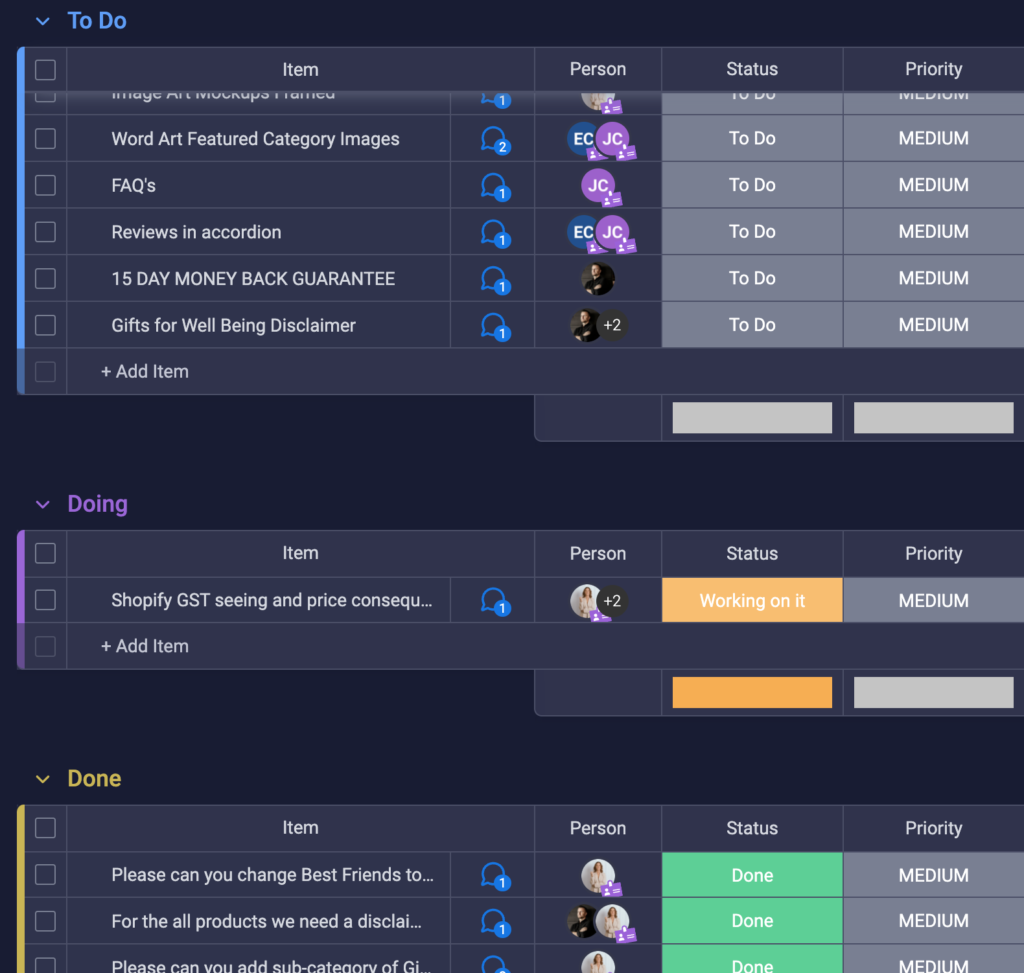
Be Patient And Flexible
When working with graphic designers, it is important to be patient and flexible. Graphic designers are often working on multiple projects at once, so it may take them a bit longer to get back to you than you would like.
Upon getting your first draft, you may feel frustrated because they haven’t read your mind perfectly. Be patient, be nice, and understand that mind-reading is almost an impossible task. Calibration is part of the process. Often designers will try to do too much, not understanding the balance of saying yes to your every request, versus using their own initiative. As they relax, this will improve.
The first job with a new designer is always going to be the hardest. They’re learning your brand, they’re learning how you operate and they’ll warm into it over time in most cases, but there’s also no reason to be flogging a dead horse. If they’re way-off task, calibrate them once or twice and if they’re still off task, perhaps It’s worth finding someone else. Not everyone is a good fit.
In addition, it is important to be open to the designer’s suggestions. They may have ideas that you hadn’t considered before that can really elevate your project. Trust their expertise and allow them the creative freedom to do what they do best.
Offer Feedback Promptly
Offering feedback promptly is one of the most important things you can do when working with a graphic designer. Designers will often email and you won’t see it for hours, if not days. This tightens deadlines. It’s unnecessary pressure, so ask them to send you an SMS as soon as it’s ready to view. It allows them to course correctly and make changes early on in the process, before things get too far along.
Be fast!

That said, it’s also important to be specific and clear in your feedback. Simply saying “I don’t like it” isn’t going to help the designer understand what you don’t like and how to fix it. Try to be as objective as possible and give specific examples of what you do or don’t like. Do this on a video call, email are terrible for potentially negative conversations.
Summary
You’ve probably been thinking that one designer should be able to do it all – they can’t.
Are they accurate? Or creative?
Recruiting two designers of different skills, and getting them working as a team, gives you the best of both worlds, plus a much needed backup, in case of sickness around a tight deadline.
Once you’ve found the right fit, communication is your best asset. Communicate verbally, or by screen-share, and never email negative responses.
Design is subjective, there’s no right or wrong, so what you think is good, someone else could think looks childish, and vice versa, so be nice. Designers feel everything and pour their hearts and soul into their work.
Master communication and you’ll get great results with your team. Need help with a digital agency in a broader sense than just graphic design? Talk to Thinkroom.
Ash
Over & Out.


